When it comes to individual action on climate change, we are continually bombarded with messages about what we should and shouldn’t do to adopt more sustainable habits. But not all of these messages have the same dissemination and quality, parameters that may in fact be opposed: corporate messages are widely disseminated because of the advertising power behind them, but by definition they are interest-driven and often based on reports without external verification. At the other extreme, the gold standard of quality is set by peer-reviewed academic scientific studies, but these are much less widely disseminated. As a result, the most important ideas are often obscured and myths or confusions arise that should be re-examined in the light of science. For example, what should sustainable food really look like?
The impact of food production
Feeding eight billion people has a clear environmental cost at all scales. It could be said that this need alone has profoundly transformed the Earth since the Neolithic Revolution that introduced agriculture some 12,000 years ago. Today, 43% of the planet’s habitable land (excluding deserts and ice) is dedicated to food production, which not only implies a radical reconversion of natural ecosystems—including aquatic ecosystems—with the consequent loss of biodiversity, but also requires intense consumption of resources and water, drives countless industrial processes and generates huge amounts of waste. Broadly speaking, food is responsible for 32% of land acidification, 78% of eutrophication (the explosive growth of phytoplankton that consumes oxygen in water) and two thirds of freshwater use.
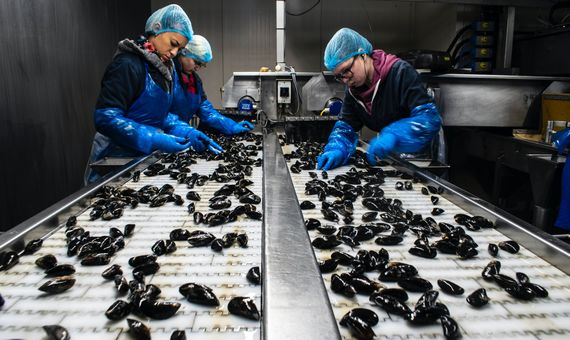
And all of this, of course, has an impact on the emission of greenhouse gases (GHGs) responsible for climate change. Food generates between 13.7 and 18 billion tonnes of CO2 equivalent (tCO2e), between 26% and 34% of all anthropogenic GHG emissions, to which should be added another 2.8 billion tCO2e (another 5%) from non-food agriculture— biofuels and textile materials, 13% of total land—and other causes of deforestation. Of this total attributed to food, 61% of GHG emissions are from the production phase, or 81% if deforestation is included. These figures show the magnitude of the problem, the seriousness of which is attested to by a recent study by the universities of Oxford and Minnesota, according to which the Paris agreement targets cannot be met without changing our diets: “Even if fossil fuel emissions were immediately halted, current trends in global food systems would prevent the achievement of the 1.5°C target and, by the end of the century, threaten the achievement of the 2°C target,” the authors write.
Apart from the enormous numbers on a global scale, another way to look at the contribution of food to climate change, as we have been doing in this series, is to analyse its share of the contribution to the carbon footprint of people. Of all direct and indirect emissions due to households, which globally account for 60% of the total, food represents almost 17%, split between just over 12% for food prepared at home and 4% for meals away from home, according to US data from a study conducted by the University of Michigan. By way of comparison, transport generates almost 30% of these direct and indirect household emissions, while electricity and natural gas account for 25%. So, the basic idea is clear: while the emphasis on reducing the carbon footprint of households is often placed on transport and energy, food is one area whose impact is not far behind.
Livestock footprint
Now, in terms of solutions, and going back to what was mentioned at the beginning, if we stick to the messages that are circulating most strongly, we would understand that the change in our eating habits should be based on three main pillars: eating less or no meat, buying organic food, and consuming local products. But does science support these measures?
On the first point, there seems to be no doubt: all the data and studies point to the fact that an overall reduction in meat consumption is beneficial for the environment and cuts the carbon footprint of food. Livestock directly emits 5% of global GHGs, which increases to 14.5% if the entire life cycle is considered. In terms of the contribution of emissions to the total primary sector, the European Commission (EC) estimates that livestock contributes about 85%, including feed production. According to the Food and Agriculture Organisation of the United Nations (FAO), 44% of total livestock emissions are due to enteric fermentation—the methane expelled by cattle, mainly orally—41% to the production of cattle feed and 10% to the management of manure.
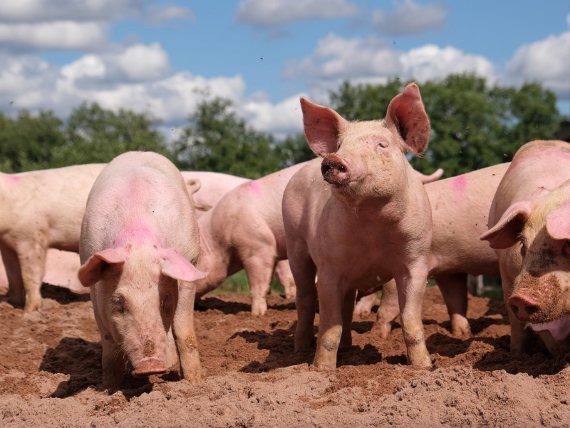
However, a few more points should be made. First, in the face of a certain tendency to make livestock farming the main cause of climate change, the above figures show that this is not the case, and the data must be put in context: according to a study by the University of Lund, switching to a plant-based diet saves only half as much GHG per year as avoiding a transatlantic flight, or a third as much as not driving a car. On the other hand, and in response to those who would make this a general case against eating any meat, it should be stressed that 71% of fermentation and manure emissions are due to cattle alone, while pigs contribute 7%, sheep and goats around 4% each, and poultry only 1.5%. Finally, given the importance of meat as an almost exclusive source of protein for hundreds of millions of people in developing countries, the FAO urges work on farm efficiency: if all farms conformed to best practices, says the agency, livestock emissions would be reduced by 33%.
Local vs organic products consumption
As for consuming organic products, the Lund study placed this option among the low-impact measures against climate change. Organic farming has a potential environmental benefit in eliminating synthetic fertilisers—though organic pesticides are not necessarily less harmful—conserving biodiversity and improving soil health. But because it must occupy more land to match conventional production, it is penalised in terms of land use. This is why several studies have looked at the question case by case, estimating that, for example, the organic versions of cattle farming and olive groves do reduce their GHG footprint, but this is not the case for cereals, milk, pigs or peas.
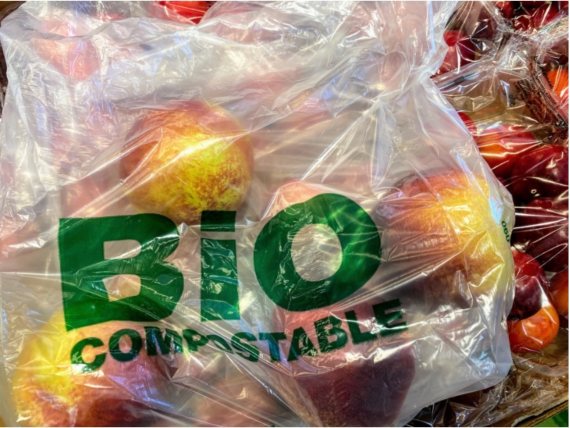
The third pillar often mentioned for sustainable food is the consumption of local food. Given the enormous impact of transport in global emissions, the idea is that eliminating long-haul logistics from the food chain will drastically cut the sector’s climate footprint. The idea caught on so well that in 2007 the Oxford dictionary chose “locavore” as the word of the year, meaning one who eats local food for nutritional and environmental reasons. Even the United Nations has been advising people to buy local. But when researchers have actually put the issue under the scientific microscope, the result is perhaps surprising: according to an EC study, 96% of food transport emissions are currently due to local transport, and only 4% to long-distance transport. Other studies agree with the general conclusion (see box). Moreover, product packaging generates more emissions than transport, 5.4% compared to 4.8% for the sector as a whole.
Reducing waste, the most important measure
In short, when it comes to the climate footprint of food, certain voices are calling for the abandonment of meat consumption, to which livestock farmers respond by asserting that the key lies in local consumption, and organic farmers argue that the problem is how food is produced. All this leaves consumers somewhat in the dark. But there is another vital measure that receives little publicity because government policy and the agenda of the economic sectors involved do not normally encourage people to consume less. Yet reducing waste may be the single most important measure we can take in terms of our eating habits to combat climate change.
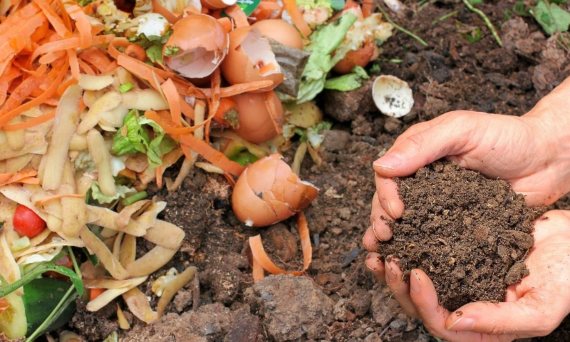
According to FAO estimates, one third of the food produced in the world ends up in the rubbish bin, some 1.3 billion tonnes a year. The FAO puts the contribution of food waste to total GHG emissions at 8%, a figure close to that of global road transport; if it were a country, it would be the world’s third largest emitter after China and the US. Emissions from food waste add to those generated during its production through methane released from organic matter in landfills. The US Environmental Protection Agency (EPA) estimates that, counting production emissions alone, food waste in the US is equivalent to the annual CO2 emissions from 42 coal-fired power plants. One study estimated that, at current rates, emissions from food waste will amount to between 1.9 and 2.5 billion tCO2e by 2050.
Most of this waste occurs in households, and so the experts advise us that food that is out of date is not necessarily toxic, and is generally safe if there are no obvious visible or olfactory signs of spoilage. And for what is unavoidable to throw away, there is also a solution: if possible, composting; this option can reduce by 80-99% the amount of GHGs that would be produced by the same food thrown into a landfill. The fight against the climate impact of food is not only fought on farms and in industry; it starts on the shopping list.
Locavore, a climate change myth?
There can be very good reasons to eat local food: supporting local producers is an undeniable stimulus to boost a region’s economy and promote the use of its resources. Local food can reach us fresher and dispense with packaging. But in the current context, it is difficult to resist the temptation to add climatic benefits to everything, and this is a discourse that consumers tend to buy into. However, when it comes to GHG emissions, studies show that the benefit of consuming local products is only marginal.
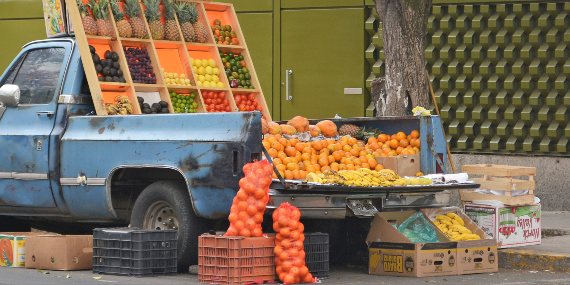
Researchers at the European Commission’s Joint Research Centre in Ispra (Italy) have broken down the contributions of the entire food chain to GHG emissions. Their conclusion was that those due to transport, known as “food miles”, account for only 4.8% of the total, a percentage similar to that due to retail outlets. Of these emissions, 96% come from local or regional transport by road (81%) or rail (15%), while shipping contributes 3.6% and aviation 0.4%. An analysis by Our World In Data based on a large meta-study published in Science estimated the share of transport in food emissions at less than 10%. An earlier study put it at 11%. The conclusion is unanimous: local produce contributes very little in terms of emissions reduction.
This does not mean that local production should not be favoured. A 2019 study concluded that harnessing the potential of land surrounding cities and optimising logistics could reduce emissions from food transport by a tenth; this scenario, the authors argued, would also serve to minimise food waste.
Comments on this publication